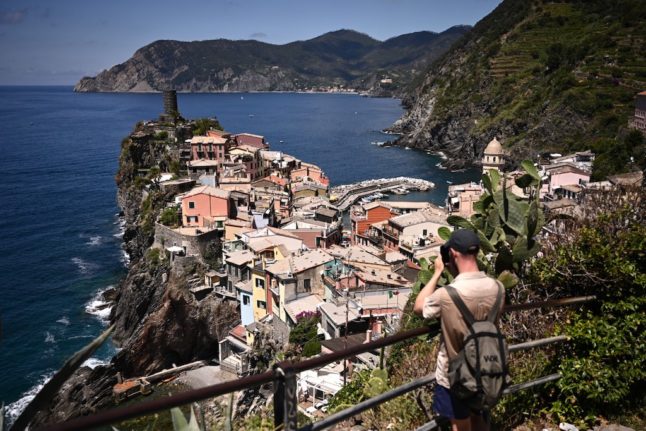For an island surrounded by shoals and shallow waters, it seems oddly fitting that Venice’s long-discussed ‘tourist tax’ system remains hopelessly stranded.
The idea to impose an entry fee on all day-trippers, intended to regulate the number of visitors and supposedly solve the city’s overcrowding problems, was first mooted in 2019.
OPINION: Why more of Italy’s top destinations must limit tourist numbers
It has been repeatedly delayed – first after historic floods, and then amid the Covid-19 pandemic.
All the pieces seemed to have finally fallen into place earlier this year, and Venice was expected to get its much-touted ‘tourist tax’ system up and running by January 16th, 2023.
However, to the surprise of no-one who’s even remotely familiar with the project’s troubled history, the city has now announced another delay – meaning the entry-fee saga will now continue well into the new year.
Why all the delays?
While Venice’s comune (town hall) vaguely attributed the latest deferral to the need to “change and improve” the project, a number of specific longstanding issues seem to have bogged down the city’s plans once more.
Confusion still lingers over who exactly will be exempted from paying the entry fee (contributo d’accesso), which will range from three to ten euros based on the day and time of the year.

While tourists staying in the city overnight, residents, second-home owners and those studying or working in Venice have long been identified as exempt categories, local authorities have never quite clarified what their plans were in relation to people living in other Veneto provinces.
READ ALSO: How will Venice’s tourist tax affect second-home owners?
And, according to the latest Italian media reports, a squabble between Venice’s administration and regional authorities over the status of Veneto residents – the region is reportedly pushing for a full exemption, which Venice seems to oppose for now – may have been the main reason behind the latest stand-off.
But a clearer definition of exemptions isn’t the only outstanding item in the city’s to-do list, not by a long shot.
The administration’s failure to reach an agreement with local transport operators and port authorities over the enforcement of the new rules has largely contributed to the latest delay, and so have issues related to the planned online booking platform.
In particular, the comune pledged earlier this year that the website allowing day-trippers to book and pay for their visit to the city would be ready by the end of 2022 – but with less than a month to go until the new year there’s no sign of it.
READ ALSO: Moving to Italy: How much does it really cost to live in Venice?

It is perhaps telling in this sense that the city is still in the process of asking residents for comments and suggestions on the entry fee plan: the website created to collect feedback on the project went live on Tuesday, December 6th and will remain available until January 7th.
So when might visitors have to pay an entry fee?
Any changes made to the project now will have to be approved by the city’s council (Consiglio Comunale), after which it’ll take months – perhaps as many as six – to get the system ready to go.
This means that, even if the council somehow managed to approve the new plan by the end of the year, the project’s trial stages could only start next summer at the earliest, with the local Feast of the Redeemer (Festa del Redentore) on July 15th potentially being the first real test for the system.
But, given the project’s history, we doubt many people will bank on it.



 Please whitelist us to continue reading.
Please whitelist us to continue reading.
Hopefully this wont; take as long as the Mose took. The local government seems to try and bite off too large of a project. Too bad they don’t look for small steps instead of trying to solve the problem in one fell swoop.